Autism Flash Cards for Teaching Reading
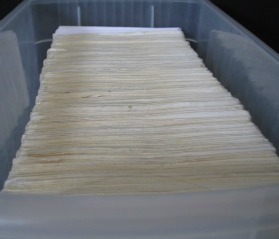 For a child with autism flash cards can be a world of help with learning to read. This is a portion of my son's hefty supply.
For a child with autism flash cards can be a world of help with learning to read. This is a portion of my son's hefty supply.For children with autism flash cards can be very useful tools for learning to read. Here I will describe how I taught my autistic son to read using this very simple technique.
I had tried a phonics book, or primer, with him. A primer might be fine for some children, but it was not working well for my younger son.
So I decided to try using flash cards to teach him to read.
This worked well for him because he liked them so much and learned well using them. And of course, I made sure he knew all the letters of the alphabet and their sounds before moving on to words.
Easy to Make and Easy on the Budget
I made the cards myself with colorful markers and index cards. I wrote one word on each card, and sometimes two or three words per card for terms such as “candy cane.” Each word or term was a different color.
All I did was write every word I could think of and then practice sounding out the words with him.
I modeled the process of sounding out each word by pointing to each letter and moving my finger along as I sounded it out. I didn’t pause or break between sounds.
For example, if I were sounding out the word "man," I would say “mmmmaaaaaannnnnn” to emphasize each sound. Then I would speed it up to the normal pace -- "man" -- so he could hear how it's supposed to sound.
I knew that he would have trouble learning phonics rules and applying them. So I chose to stick with modeling the process of sounding out each word.
And he gave himself lots of extra practice. He liked his cards so much that he spent hours each day flipping through his cards even when I wasn’t working with him.
I knew he would need to generalize or apply his new skills to a real reading situation, so I also read stories with him a lot.
If you decide to try this, it's a good idea to start with letters, blends and diphthongs.
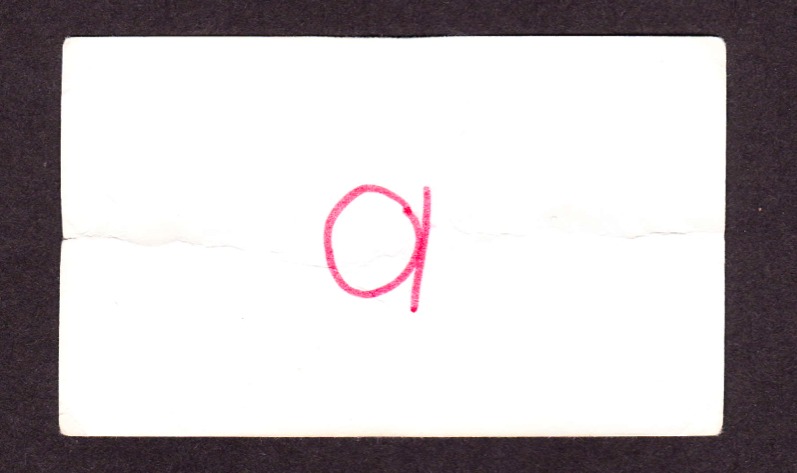 |
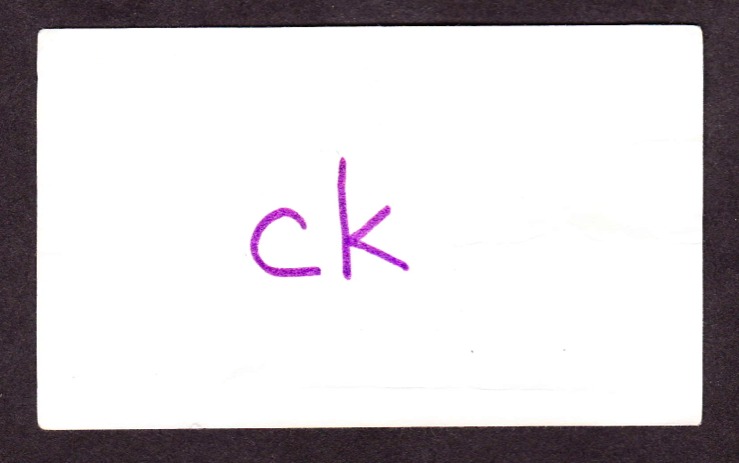 |
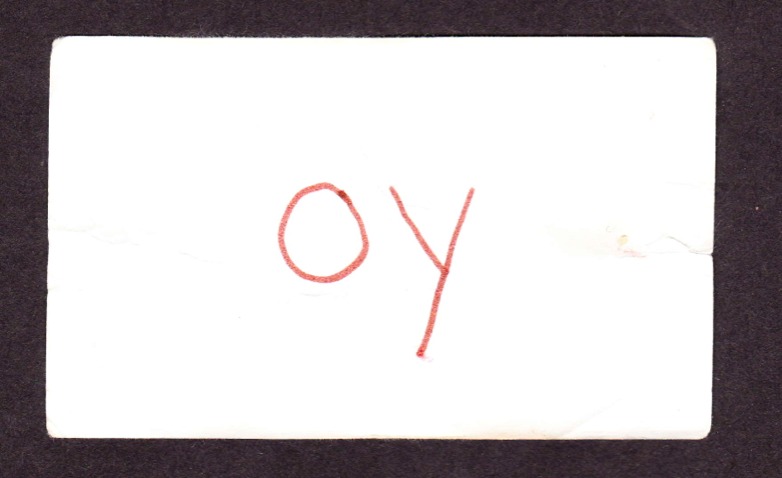 |
Then move on to simple two-letter words, then three-letter words and then words with four letters.
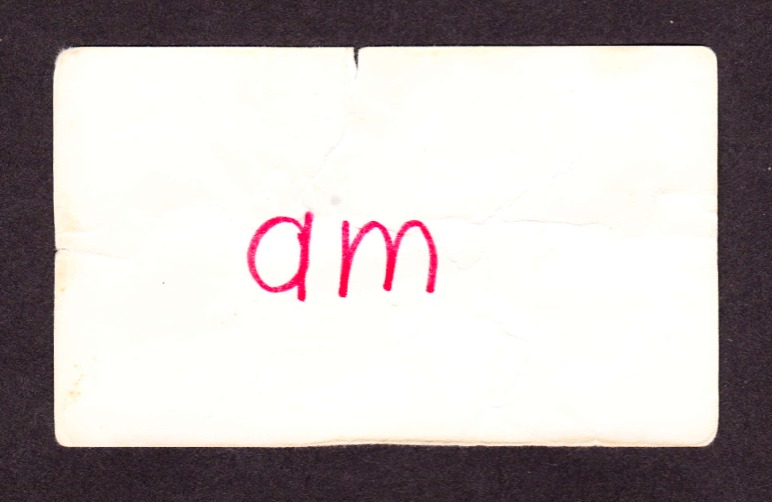 |
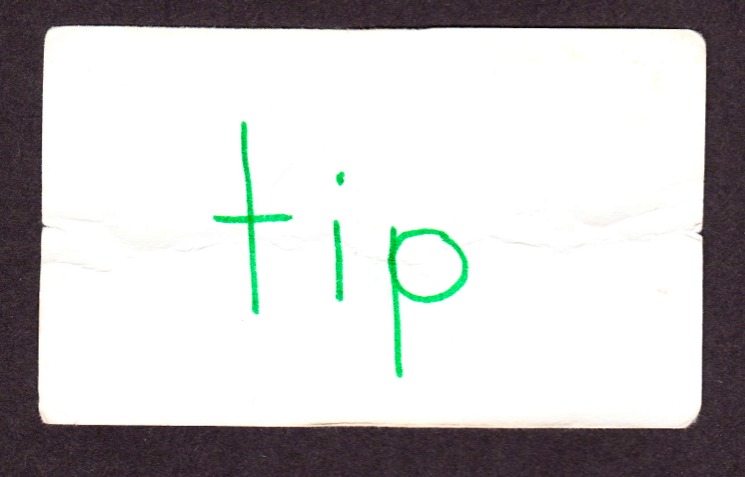 |
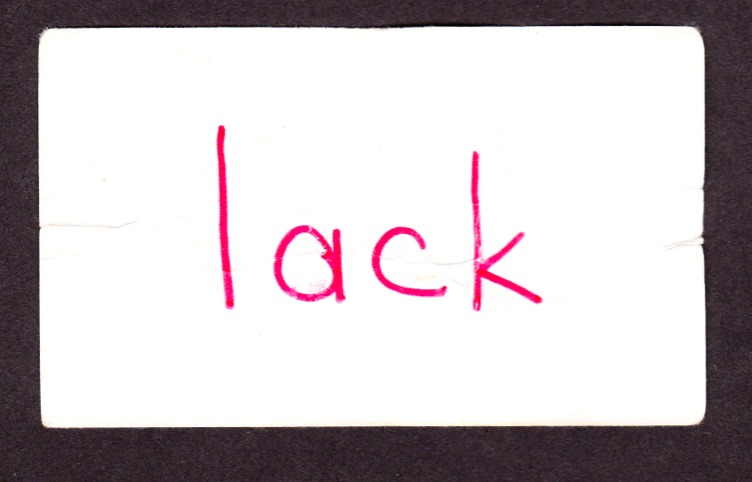 |
As your child gets better at reading, you can introduce harder words, such as "security" or "appropriate", depending on their reading level. You want to challenge them just enough without frustrating them.
It's also a good idea to include any words that describe things your child is experiencing or doing.
I wrote this "satsuma" flash card because at the time we were eating a lot of satsumas, a type of seedless mandarin orange.
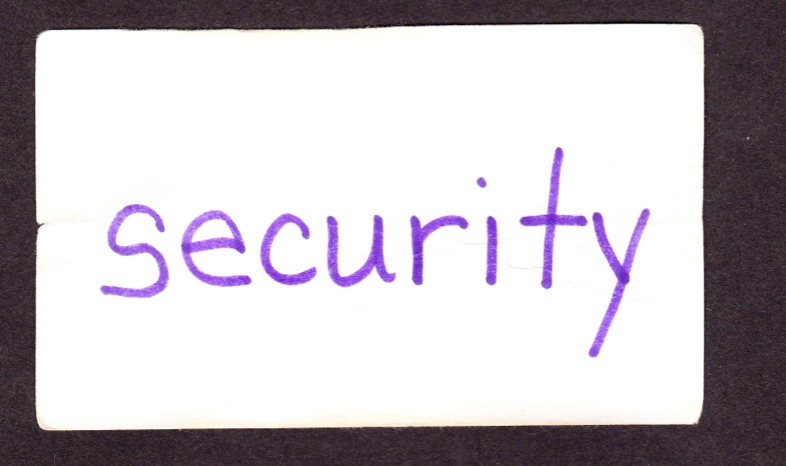 |
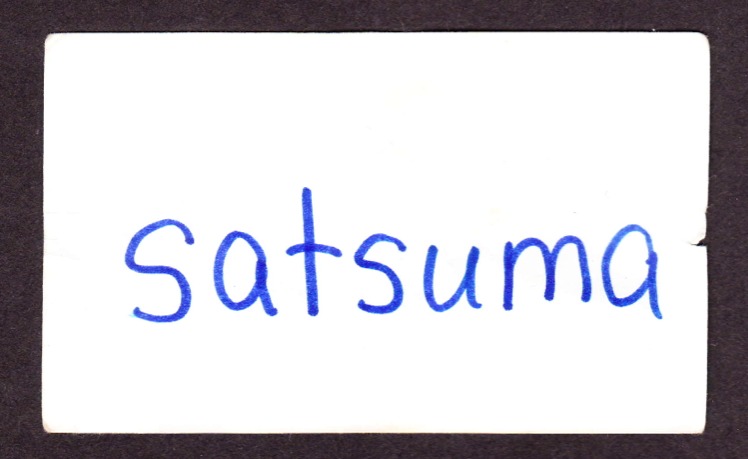 |
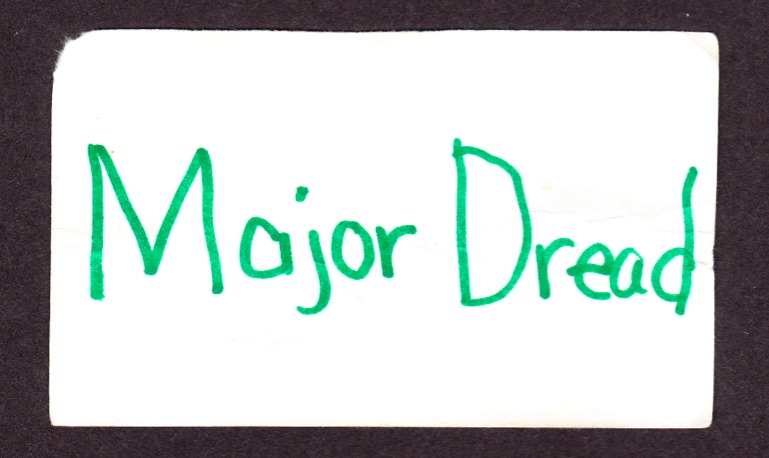 |
Major Dread was the bad guy in my son's favorite video, "The Super Kids." I still think the name Major Dread is just too funny.
You can tell by these well-worn cards that for my child with autism flash cards was his ticket to success in reading.
And this is obviously nothing fancy. Just some index cards, some colorful magic markers, and the determination to help a child learn to read.
Fancy educational tools can be nice, but my son loved these cards and he didn't seem to care that they weren't professionally made.
For Some Children With Autism Flash Cards Could Be the Key to Learning to Read
Because he was nonverbal, I couldn’t tell that he was actually learning to read. That is, until one day he suddenly started reading the words out loud. I was so shocked I almost had to pick myself up off of the floor!
He was about 8 years old at the time. Unfortunately, this speech disappeared after about three months of reading his cards out loud. That was disappointing, but I did learn that he really could read those words, and that was valuable knowledge for me.
And the knowledge that he once had some speech would in the future be valuable information for his speech therapist to consider. When I met her, she said, “If he's ever had speech, we can get it out of him.”
Of course, it’s not likely that all children will gravitate to this tool as my son did. But some children will.
There’s a principle here to apply: make use of what your children like to help them learn important skills such as reading, writing, math, etc.
If they have a favorite toy or activity, you could use that for lessons or for therapy.
In my book, Reading Revolution: How to Teach Children With Autism to Read, I explain exactly how to do this.
I highly recommend giving this approach a try. It will cost you very little time and money to see if it works for your child. What is more, I can honestly say that reading is one of my son’s greatest strengths, and I believe the flash cards technique is a major reason for it.
Need More Help With Teaching Reading?
What if teaching your child to read doesn't have to be hard, tedious, or complicated?
What if you could use your child's interests or obsessions to teach them to read?
And what if the notion that our kids can't learn at all is just a myth?
As a Special Education teacher and parent of a child with autism, I can take most if not all the difficulty out of the learning process for you and your child. In my book, Reading Revolution: How to Teach Children With Autism to Read, I show you exactly how to bring your child from learning the alphabet to reading books. As a result of the methods I used, reading is probably my son’s best subject.
In this step-by-step, easy-to-follow guide, you will learn:
- special techniques particularly effective for children with autism
- common pitfalls to avoid when teaching reading to children with autism
- how to teach children in a way that they can understand
- how to teach them to read without expecting them to learn a long list of rules and exceptions to rules
- how to use a child’s interests and obsessions to teach them to read
- why reading story books to your child is so important and how to make the most of that reading time
- how to gain free access to the author’s extensive word list for your lessons
Training as a special education teacher is not necessary! Any parent or teacher with patience, love and understanding can follow the simple steps I have outlined in this book to teach their children with autism to read.
Take the guesswork out of teaching your child to read, and make the entire learning process fun and easy for your child.
To get started, click on the Reading Revolution link on this page, and then click the buy button.
For Further Reading Help...
For more resources, see SightWords.com.
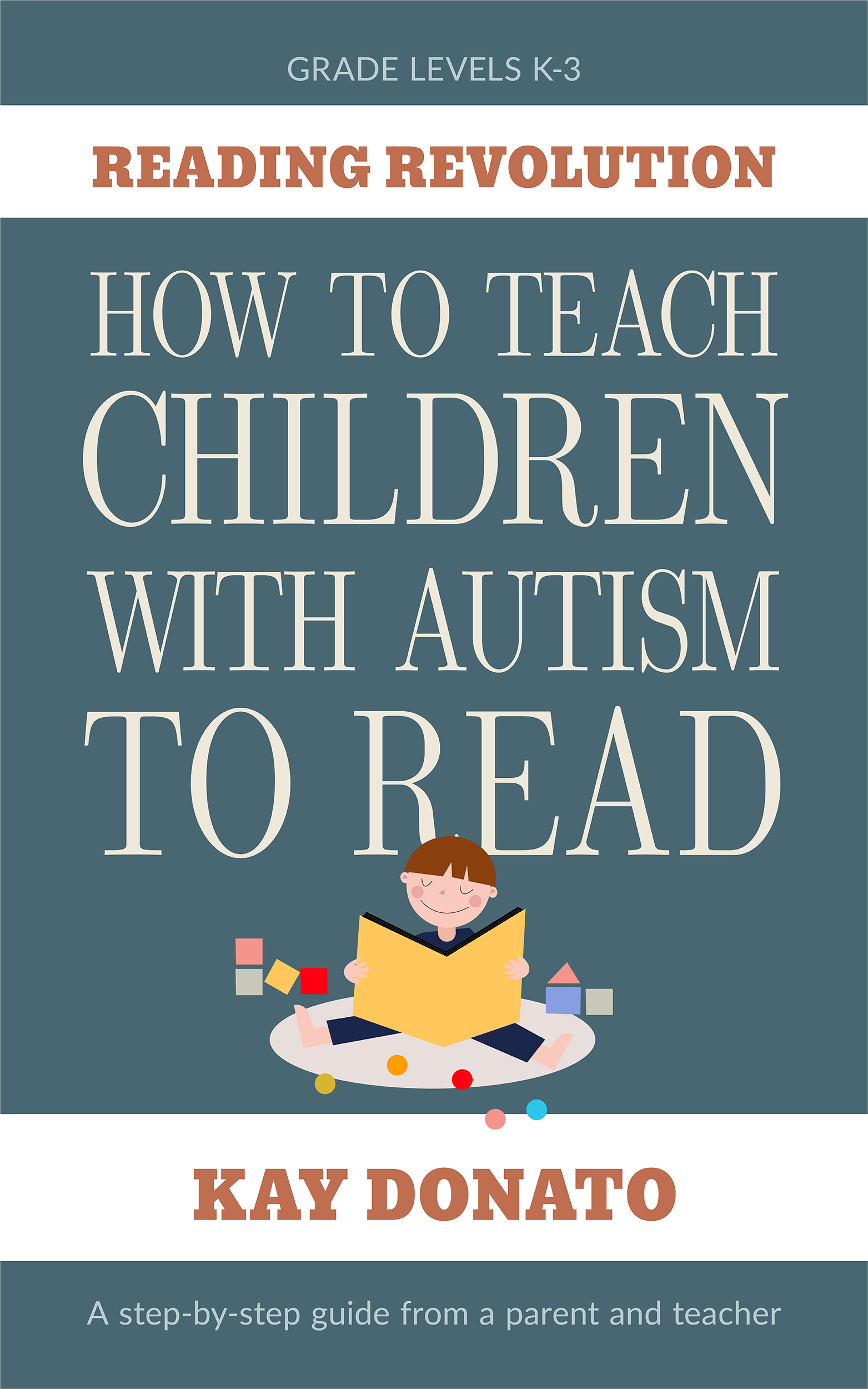



New! Comments
Have your say about what you just read! Leave me a comment in the box below.